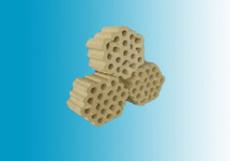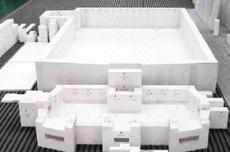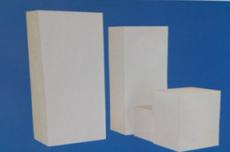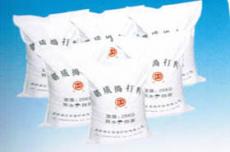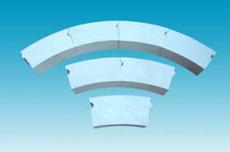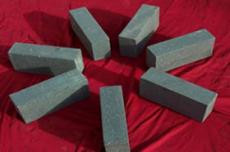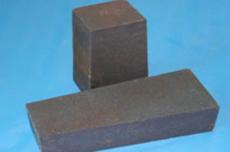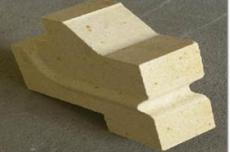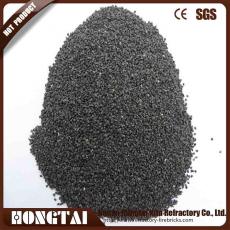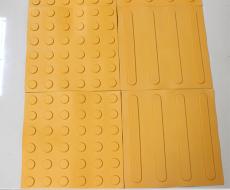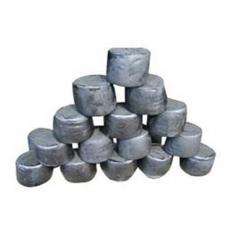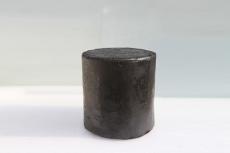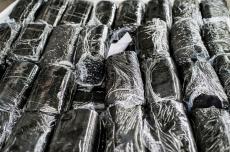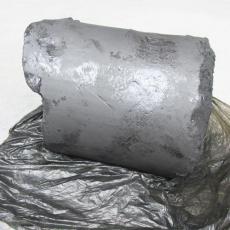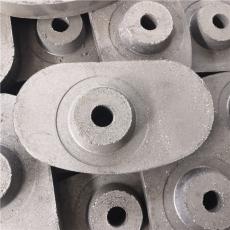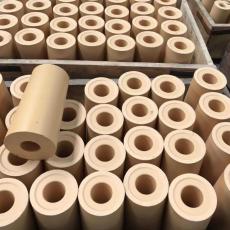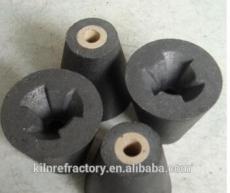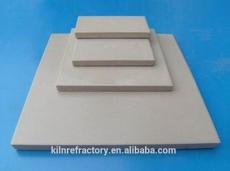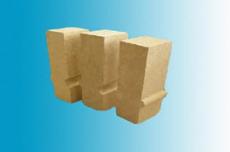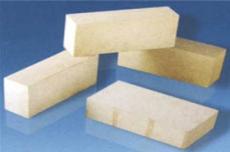
Application of refractory materials in the steel industry
I. Steelmaking converter
1. Lining material: Magnesium carbon brick is the key refractory material for the lining of steelmaking converter. It combines the high temperature resistance of magnesium oxide with the good thermal conductivity and thermal shock resistance of carbon. During the steelmaking process, the temperature in the converter changes dramatically. Magnesium carbon brick can withstand frequent thermal shocks. Its high melting point characteristics enable it to maintain structural integrity under the erosion of high-temperature molten steel, effectively protect the furnace body, reduce lining erosion, extend the life of the converter, reduce maintenance costs, and ensure the continuity of steelmaking operations. From a cost-effectiveness perspective, although the initial purchase cost of magnesium carbon bricks is relatively high, due to its ultra-long service life, the comprehensive cost per ton of steel is reduced, saving a lot of money for steel companies.
2. Tap material: Generally, prefabricated parts made of high-aluminum refractory materials or magnesium refractory materials are used. Since the tapping port is frequently eroded and corroded by high-temperature molten steel, these refractory materials, with their high strength and corrosion resistance, ensure the dimensional stability of the tapping port during multiple tapping processes, avoid molten steel leakage, maintain smooth tapping, and ensure the rhythm of the steelmaking process. In terms of cost, high-aluminum prefabricated parts have a relatively high cost-effectiveness and can meet the basic requirements of the tapping port of most steel mills, while magnesium prefabricated parts are better in corrosion resistance and are suitable for some special steel production scenarios that require extremely high life of the tapping port.
2. Electric furnace
1. Furnace cover material: high-aluminum refractory materials or silicon refractory materials are mostly used. The furnace cover of the electric furnace is in a high temperature and strong heat radiation environment. High-aluminum bricks can reduce heat loss and protect the steel structure of the furnace cover from high temperature damage due to their good high temperature resistance and heat insulation performance; silicon refractory materials are outstanding in high temperature stability and can cope with ultra-high temperature conditions during electric furnace steelmaking, ensuring the normal operation of the furnace cover for a long time and improving the operation rate of the electric furnace. In terms of cost, high-alumina bricks are relatively affordable and widely used in small and medium-sized electric furnaces. Silica refractory materials are expensive due to the cost of raw materials and complex preparation processes, but in large ultra-high temperature electric furnaces, the benefits brought by their excellent performance far exceed the cost investment, ensuring the efficient and stable operation of the electric furnace.
2. Furnace wall materials: Magnesia-chrome bricks are often used for electric furnace walls. As mentioned above, magnesia-chrome bricks have excellent high temperature resistance and slag resistance. During the smelting process of electric furnaces, they can resist the erosion of furnace walls by slag and high-temperature molten steel, maintain the stability of the temperature field in the furnace, provide guarantees for the efficient conversion of electric energy into thermal energy, and help molten steel refining. However, with the improvement of environmental protection requirements, the hexavalent chromium pollution problem that may be generated by magnesia-chrome bricks during production and use has attracted attention. In the future, it may be necessary to develop alternative materials. From the perspective of short-term costs, magnesia-chrome bricks have reliable performance and moderate cost, but in the long run, environmental compliance costs will gradually increase.
III. Ladle
1. Lining materials: Alumina-magnesia-carbon bricks are widely used in ladle linings. The ladle contains high-temperature molten steel and has a long transportation and standing time. Aluminum-magnesium-carbon bricks combine the chemical stability of alumina, the refractory of magnesium oxide and the thermal shock resistance of carbon. They can prevent molten steel from penetrating, cope with temperature fluctuations of molten steel, reduce lining erosion, increase the service life of the ladle, reduce the cost of refractory materials, and ensure that the quality of molten steel is not affected during transportation. In terms of cost-effectiveness, it is the mainstream choice for the lining of the current ladle. It can not only ensure the performance of the ladle, but also has an advantage in price, which reduces the operating cost for steel companies.
2. Breathable bricks: As a key component of the refining ladle, breathable bricks usually use high-performance refractory materials such as corundum or magnesium. During the refining process, breathable bricks need to blow gas into the molten steel to promote the uniformity of the molten steel composition and remove impurities. They themselves have to withstand molten steel erosion, high temperature and gas erosion. The selection of high-hardness and high-corrosion-resistant refractory materials can ensure the stability of the breathable function and improve the refining effect of molten steel. Corundum air bricks have high strength and corrosion resistance, but are relatively expensive, and are mostly used in high-end steel refining; magnesium air bricks perform well in thermal shock resistance, are relatively affordable, and are widely used in ordinary steel refining.
Looking to the future, as the steel industry develops towards green, efficient, and intelligent development, new refractory materials such as nano-composite refractory materials and self-repairing refractory materials are expected to emerge. Nano-composite refractory materials use nanotechnology to improve material performance, which may further improve refractoriness and corrosion resistance; self-repairing refractory materials can automatically repair minor damage during use, extend service life, and reduce the frequency of replacement of refractory materials in the steel industry, thereby greatly improving production efficiency, reducing costs, and promoting the steel industry to a new level.
Different types of refractory materials are precisely adapted to various links of the steel industry based on their own characteristics, which safeguards the efficient production of steel, and with the development of technology, refractory materials will continue to innovate in the future to meet the new needs of the steel industry.
